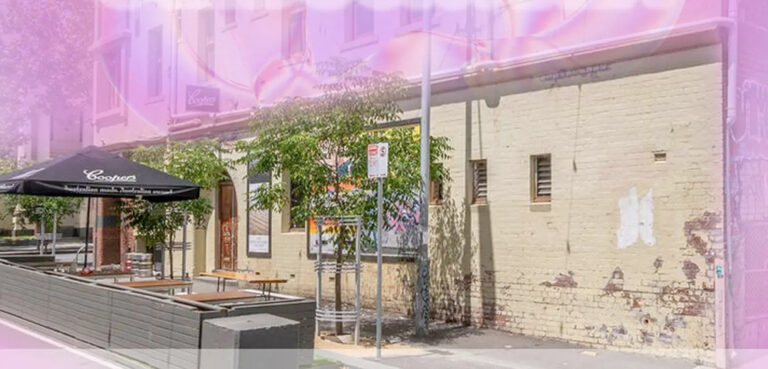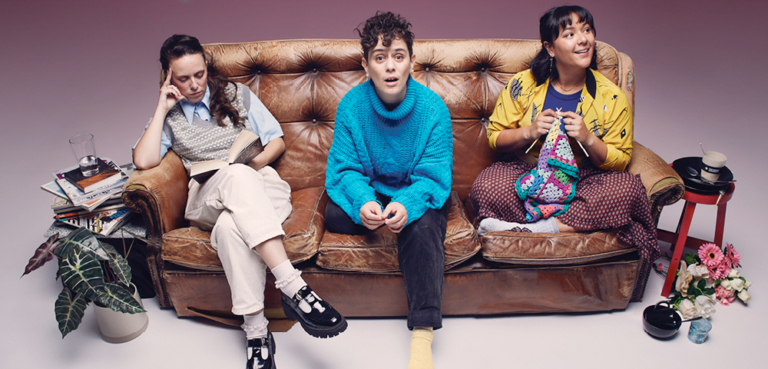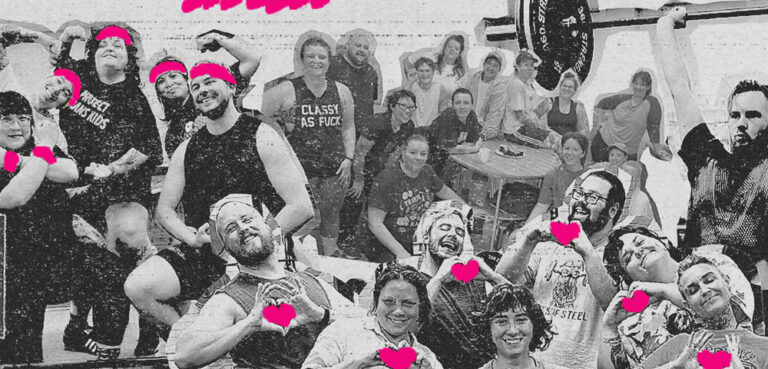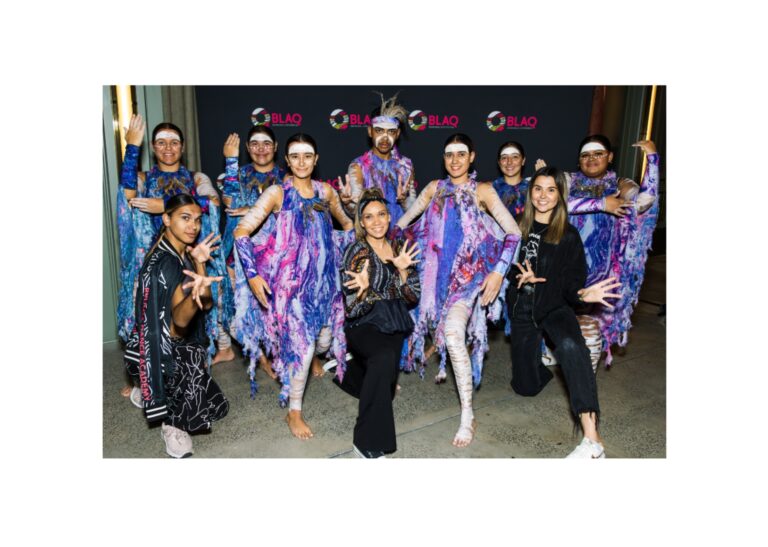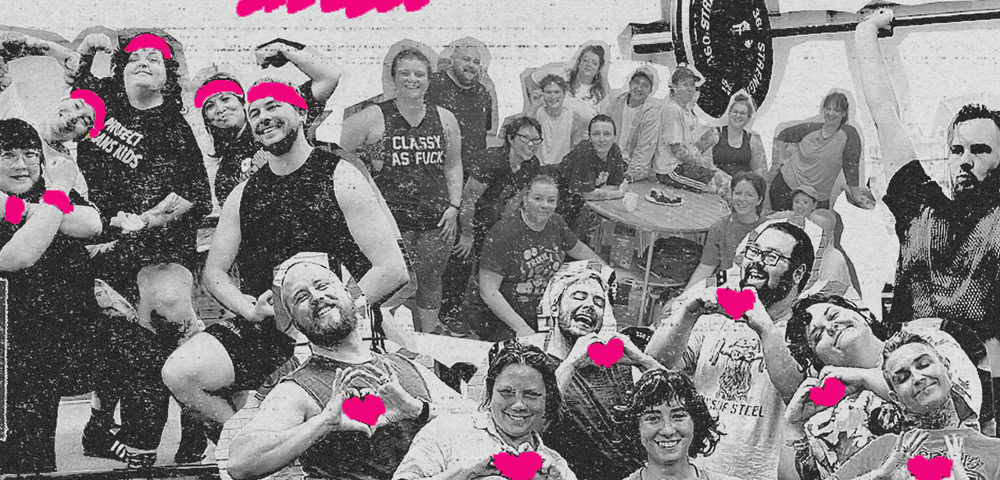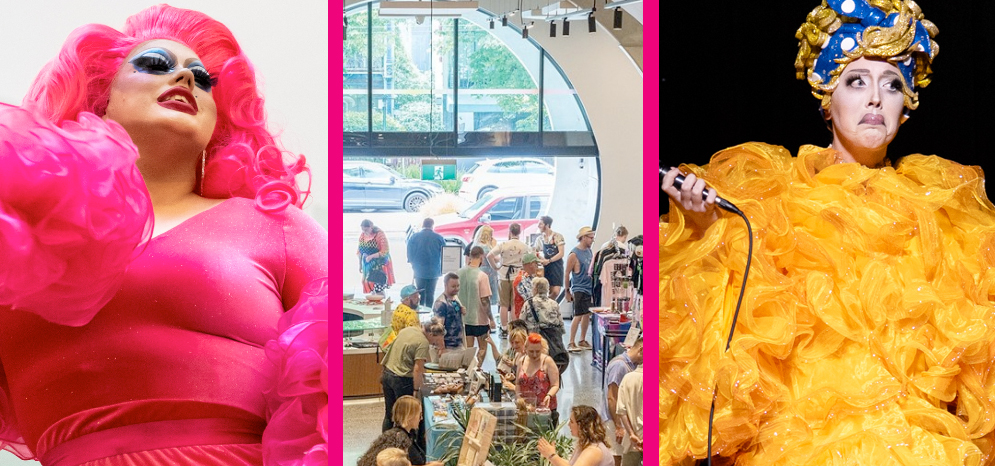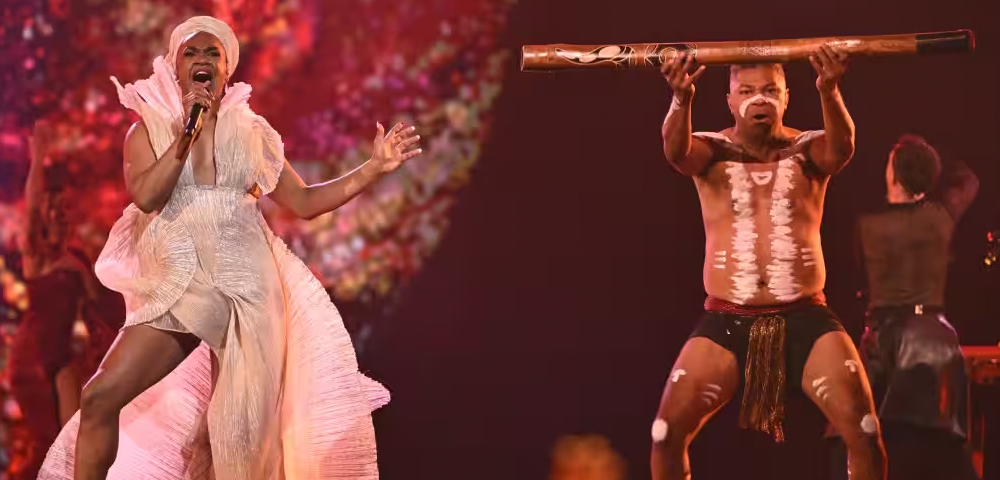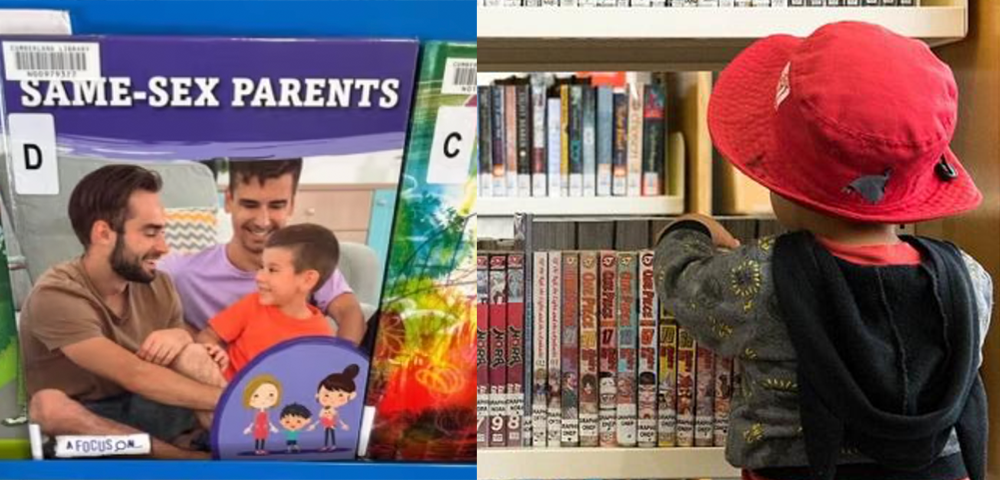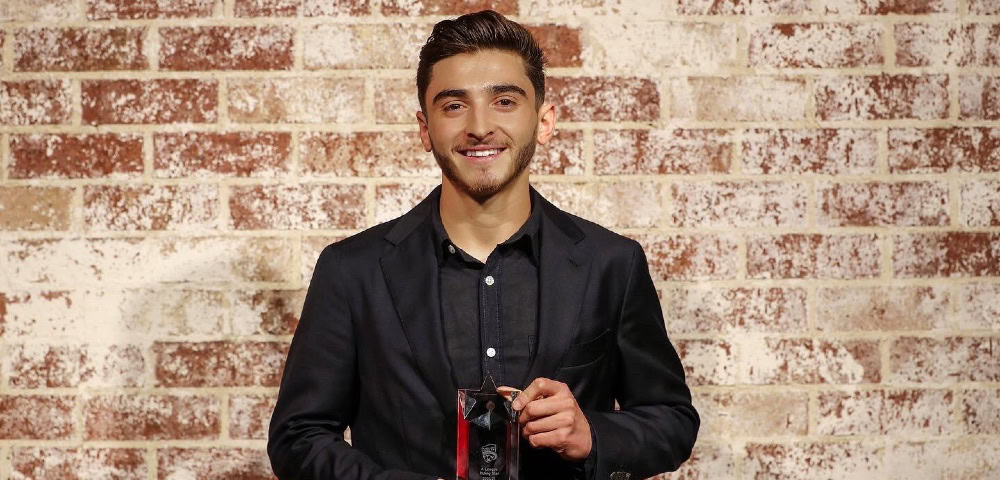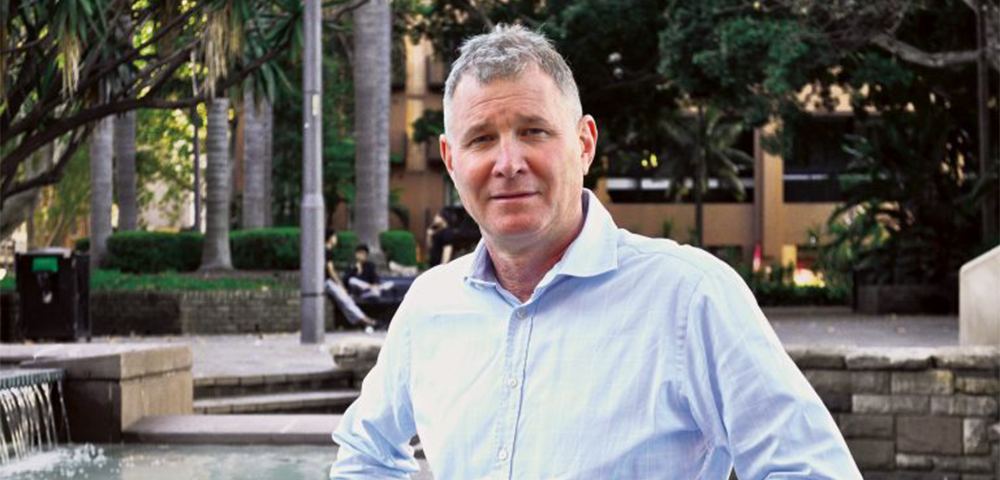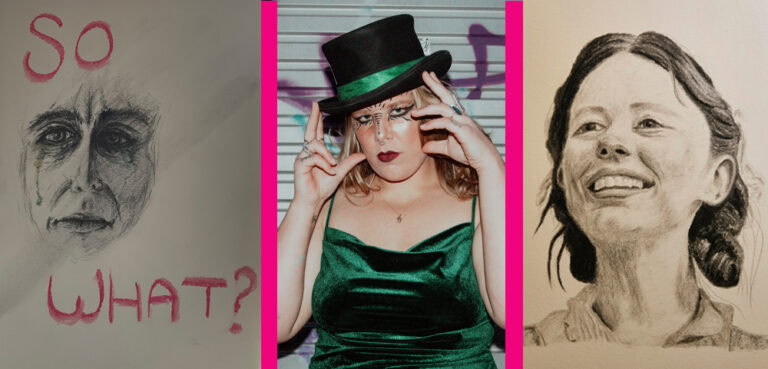
Pride and Ability: Urgent Action Needed To Support LGBT People With Disability

By Adam Bourne and Margherita Coppolino
LGBTIQA+ people of all abilities have the right to live their lives free from stigma, discrimination, violence or abuse. They have the right to accessible and affirming health and social care no matter where in the country they find themselves and they have the right to feel included, to be treated with dignity and respect in their communities.
It sounds so simple, yet this is by no means the case for LGBTIQA+ people living with disability in Australia. A recent report, published by the Australian Research Centre in Sex, Health and Society at La Trobe University documents an alarming situation for many LGBTQA+ people with disability. Produced to inform the deliberations of the Royal Commission into Violence, Abuse, Neglect and Exploitation of People with Disability, the report lays bare the sheer extent of harm many from this population face.
The Current Reality For LGBT People With Disability
The new research report, drawing from surveys of more than 4,000 LGBTQA+ people living with disability makes for concerning reading. Among the more than 2,000 LGBTQA+ young people with a disability, 52.7% had experienced verbal harassment or abuse on the basis of their sexuality or gender identity. Among adults categorised as having moderate disability, this figure was 41.6%.
Similarly concerning rates of physical and sexual harassment or abuse were also documented. In all cases, these experiences were within the last 12 months. Not in the dim and distant past where we had hoped to banish homophobic, transphobic or queerphobic experiences, but recently. In the here and now. These rates of harassment or assault were considerably higher among those LGBTQA+ people with disability than those without.
These experiences have real consequences. We see a very strong and consistent relationship between being subject to violence, harassment or abuse and poor mental health outcomes, including suicidality. It was deeply concerning to see that 15.0% of LGBTQA+ young people with a disability had attempted to take their own life in the previous 12 months, and 39.8% had done so at some point in their lives.
A similarly high rate was observed among LGBTQA+ adults. These are deeply concerning figures. We’ve known for some time that rates of suicidality are considerably higher among our community than observed within the general population, but these data tell is they are higher still for people with disability.
Falling Through The Cracks
Many of the LGBTQA+ people with disability surveyed did not feel that their gender identity or sexuality was understood in disabled spaces, or that their disability was understood in LGBTQA+ spaces. Only 21.5% of LGBTQA+ young people felt that their sexuality or gender identity was understood or supported by the NDIS or disability support services.
This is a situation that absolutely has to change. It is absolutely essential that LGBTQA+ people with disability feel welcomed and meaningfully included in all of the communities they’re a part of.
It is incumbent on all of us, regardless of sexuality, gender or ability, to think seriously about the steps we can each take to ensure everyone in our community can feel safe and affirmed wherever they are.
Rays Of Hope
There’s some great new initiatives to help every one of us, whether an individual or an organisation, understand and respond to the needs of LGBTQA+ people with disability.
Check out the Rainbow Inclusion website, which is packed full of information, videos and posters that explain key issues and promote wellbeing for LGBTQA+ people with disability.
Also check out videos on the ARCSHS website and hear from LGBTQA+ people with disabilities themselves about their lives, their hopes and what helps them feel safe.
